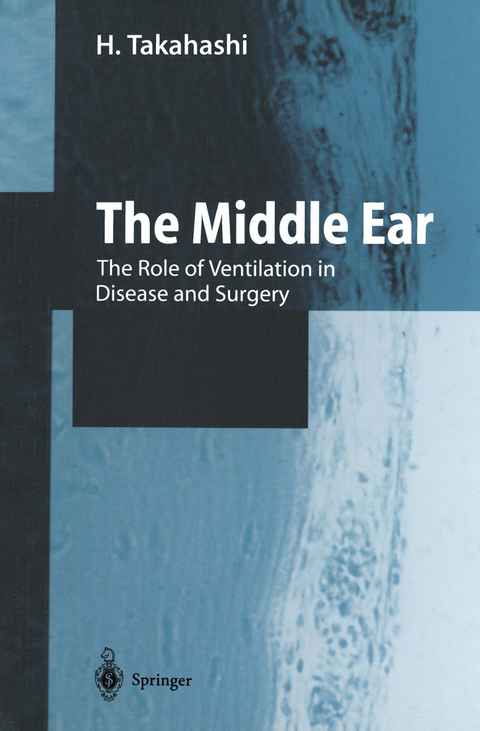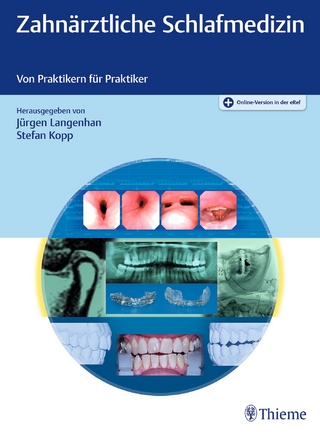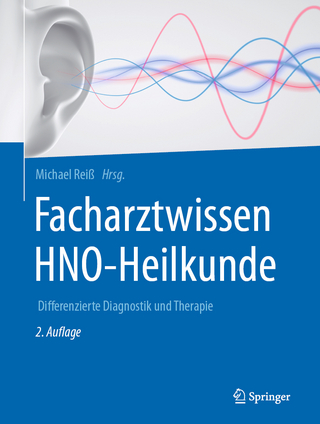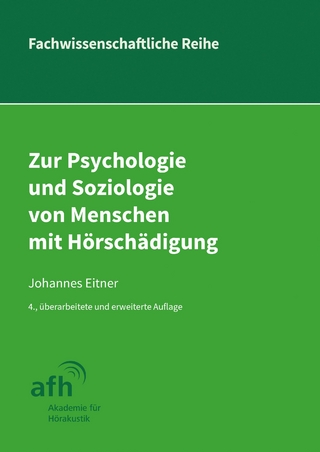
The Middle Ear
Springer Verlag, Japan
978-4-431-70306-8 (ISBN)
I Middle-Ear Physiology: Ventilation and Pressure Regulation.- 1 Pressure Regulation by the Eustachian Tube.- 2 Pressure Regulation by Transmucosal Gas Exchange.- 3 Interrelation of the Eustachian Tube and Gas Exchange.- 4 Summary.- II Middle-Ear Pathophysiology After Ear Surgery.- 1 Transmucosal Gas Exchange Function After Ear Surgery.- 2 Mastoid Aeration After Ear Surgery.- 3 Posterior Canal-Wall Retraction After Ear Surgery.- 4 Summary.- III Choice of Mode of Ear Surgery.- 1 Canal-Wall-Up or Canal-Wall-Down?.- 2 Choice of Mode of Ear Surgery from the Viewpoint of Middle-Ear Ventilation.- 3 “Soft-Wall Reconstruction” of the Posterior Canal Wall.- 4 Anterior Tympanotomy, Posterior Tympanotomy.- 5 Summary.- IV Cholesteatoma in Relation to Middle-Ear Ventilation.- 1 Analysis of Cholesteatoma After Surgery for Noncholesteatomatous Otitis Media.- 2 Pathophysiology of Cholesteatoma.- 3 The Change from OME in Children to Cholesteatoma.- 4 Cholesteatoma and a Retraction Pocket.- 5 Pathogenesis of Cholesteatoma.- 6 Management of Cholesteatoma.- 7 Summary.- References.
| Erscheint lt. Verlag | 1.1.2001 |
|---|---|
| Zusatzinfo | VIII, 105 p. |
| Verlagsort | Tokyo |
| Sprache | englisch |
| Maße | 155 x 235 mm |
| Themenwelt | Medizin / Pharmazie ► Medizinische Fachgebiete ► HNO-Heilkunde |
| ISBN-10 | 4-431-70306-3 / 4431703063 |
| ISBN-13 | 978-4-431-70306-8 / 9784431703068 |
| Zustand | Neuware |
| Haben Sie eine Frage zum Produkt? |
aus dem Bereich


